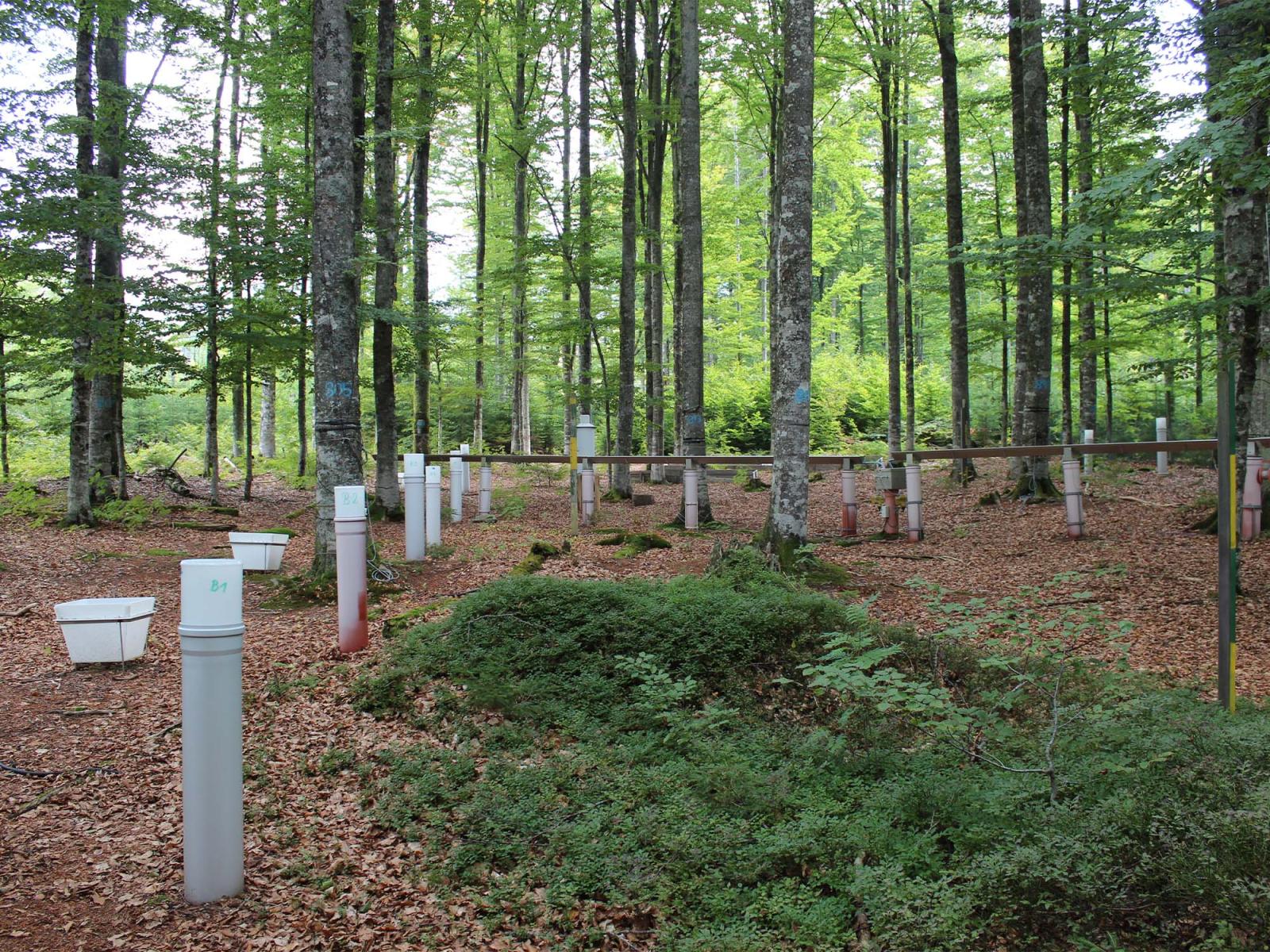
Monitoring Air Pollution Effects under the Convention
UNECE (3081)
Air pollution impacts our health, environment, biodiversity and economy. Air pollutants come from multiple sources, such as traffic, industry and agriculture, and are transported over large distances and across borders. It is therefore paramount that we take action together — across sectors and national boundaries.
UNECE member States have been working successfully for cleaner air in the region since 1979 through the Convention on Long-range Transboundary Air Pollution.
Since 1980, the Convention’s Working Group on Effects conducts air quality monitoring and effect observation at the receptor-level. It provides information on the degree, temporal trends, and geographic extent of the impacts of major air pollutants on human health and the environment. It identifies the most endangered areas, ecosystems, and receptors. It has built and maintained a broad international network of scientists, fostering collaboration and developing a shared knowledge base. The direct interaction between scientists and policymakers has encouraged innovative solutions and mutual trust.
This self-paced e-course aims to explain the importance of monitoring air pollution effects, the methods used and the use of air pollution effects information in clean air policy development.
The course features four distinct modules that aim to equip learners with the knowledge and resource materials to understand the purpose of monitoring air pollution effects, and to follow and contribute to the work on air pollution effects under the Convention.
This e-course was made available on UN CC:e-Learn through the new UN CC:Learn affiliation programme, which highlights high-quality e-learning products on climate change developed by recognized institutions outside the framework of the UN CC:Learn programme / without support from the UN CC:Learn Secretariat, in accordance with specific affiliation criteria. The objective of the UN CC:Learn affiliation programme is to enhance global climate literacy through dissemination of high-level learning products that complement UN CC:Learn resources.
What will you learn?
After completing the course, learners will be able to:
- Identify the main effects of air pollution
- Outline the objectives of the effects-related work under the Convention
- Describe methods to monitor air pollution effects
- Outline how effects assessments can support policy making
Course structure
The course is divided into four modules:
- Module 1: Major effects of air pollution
- Module 2: Effects-related work under the Convention
- Module 3: Methodologies to monitor effects
- Module 4: Use in policy-making
Will you get a certificate?
At the end of the course, learners can take an assessment to receive a certificate of successful completion. Once the certification criteria have been met (passing score 70%) and after filling in a course evaluation form, participants will be able to download their certificate from the course’s webpage.
Who is this course for?
The course is primarily designed to build capacities of employees of Ministries and technical institutes dealing with the Convention and its protocols. Taking this course should enable learners to contribute to air pollution effects-related work at national level and under the Convention as a key step in clean air policy design. Furthermore, it is meant to train academics, NGOs and anyone interested in work on air pollution effects, also beyond the Convention.

